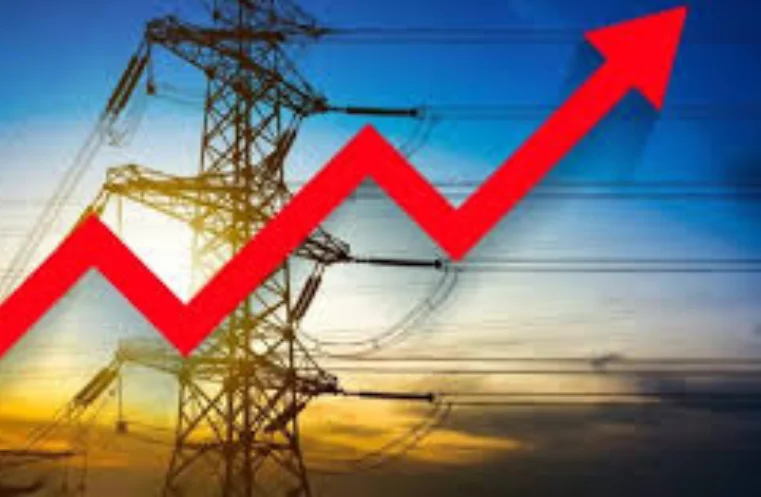Islamabad, Feb 28: Pakistan is on the brink of an energy crisis as a severe hydropower shortfall loom over the summer months. The country’s major reservoirs are experiencing alarmingly low water levels due to insufficient rainfall and declining water reserves. According to a recent report by the Water and Power Development Authority (WAPDA) on February 21, Tarbela Dam’s water level has dropped to 1,431.56 feet, Mangla Dam stands at 1,106 feet, while Chashma Barrage has receded to just 639.1 feet.
The reduction in hydropower generation could compel the government to increase reliance on expensive imported Liquefied Natural Gas (LNG) to meet the rising electricity demand in the summer. Reports indicate that electricity generation in January 2025 fell short of expectations by 4.4 percent, highlighting the growing energy concerns.
Read More:
Wheat Worth Rs. 150 Billion at Risk of Rotting in Sindh Govt Warehouses
On the other hand, the Central Power Purchasing Agency (CPPA) has proposed a reduction of Rs. 2.0 per unit in electricity bills due to lower fuel costs recorded in January. If approved, this adjustment could provide consumers with collective relief amounting to Rs. 15.65 billion.
In response, the Power Division has recommended that the National Electric Power Regulatory Authority (NEPRA) extend this fuel cost adjustment (FCA) reduction to domestic users consuming up to 300 units and the agricultural sector. However, NEPRA has yet to finalize its decision and is currently reviewing the proposal.
With summer approaching, the dwindling hydropower resources pose a major challenge for Pakistan’s energy sector. If the water levels continue to decline, power shortages and higher energy costs could burden both households and industries.
Addressing this issue requires immediate government intervention, investment in alternative energy sources, and improved water conservation strategies to mitigate the long-term impact of the crisis.
